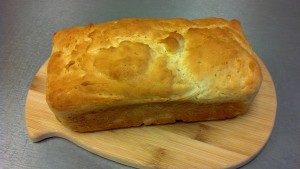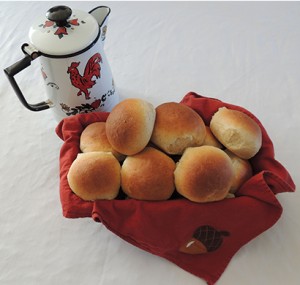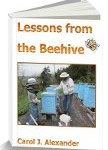When’s the last time you forgot about something cooking on the stove? It happened to me just the other night. I was expecting my husband home for dinner soon and was reheating some chicken tenderloins (from the night before) on the stove. I’m not sure why I had the heat up so high, but I thought I’d sit down in the office a bit to quickly send an email, and actually forgot about that chicken, until the smell of something burning assaulted my nostrils! Unfortunately, the chicken was very done, almost beyond recognition, and my lovely heavy-duty Kuhn Rikon pan was charred black and smoking. A lesser quality pan may very well have been on fire at this point! The kitchen was smoky, and although it was a very cool evening, I had to open the doors and windows to get some relief from the smell and smoke. After the pan cooled, which took awhile, I used some simple tools, and with about 5 minutes of work I had that favorite pan of mine shining again.
I can imagine I am not the only person this happens to, and I’d just like to share some useful “clean-up” tips I’ve learned over the years.
Depressing!
An inexpensive little plastic scraper is my #1 tool for the job! Use it to scrape off the majority of the thick, black “gunk”.
My well-loved and well-used Norwex Spirinett is what I used next.
And then a sprinkle of this cleanser and a little more scrubbing with the Spirinett.
One of the very few cleaners I keep in the house! Brings that shine back to stainless steel cookware!
My beloved Kuhn Rikon pan looking good as new!
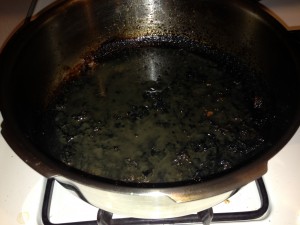
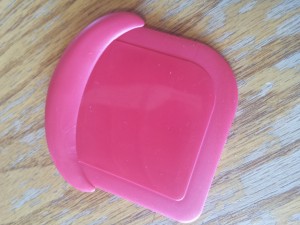
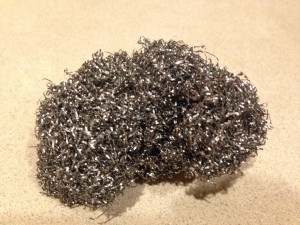
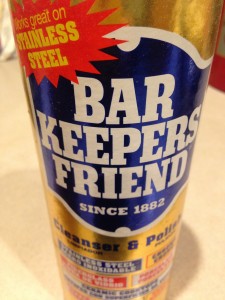
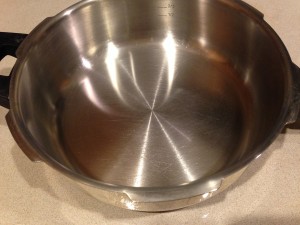
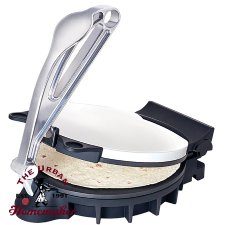
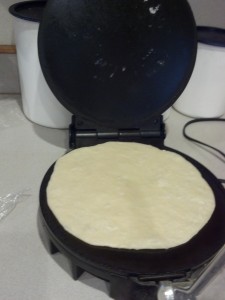
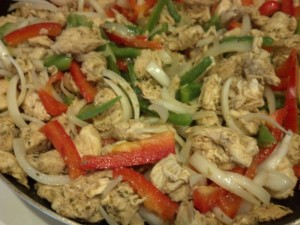
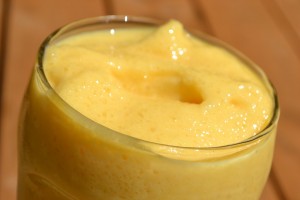
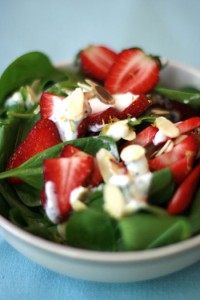

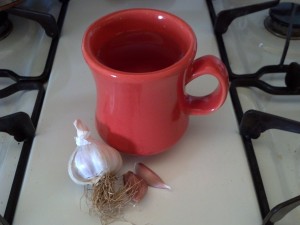
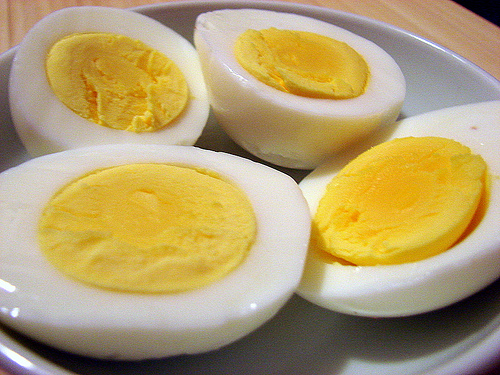
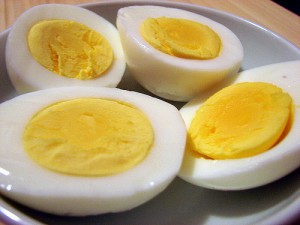 If you’ve ever tried peeling a “farm-fresh” hard-boiled egg you can probably relate to my frustration over what seems like an impossible task! We have had chickens for 16 years, and until just a few weeks ago I struggled with removing the shell from a hard-boiled egg! I’ve read, and been told many tips and tricks to getting it done, but none of those provided a consistent smooth outcome!
If you’ve ever tried peeling a “farm-fresh” hard-boiled egg you can probably relate to my frustration over what seems like an impossible task! We have had chickens for 16 years, and until just a few weeks ago I struggled with removing the shell from a hard-boiled egg! I’ve read, and been told many tips and tricks to getting it done, but none of those provided a consistent smooth outcome!